Lizards. The very name evokes images of sun-drenched rocks, darting movements, and ancient lineages. More than just reptiles basking in the warmth, lizards represent an incredibly diverse and successful group of animals that have adapted to nearly every terrestrial habitat on Earth. This guide delves into the fascinating world of lizards, exploring their biology, behavior, ecology, and place in both natural history and human culture.
What Defines a Lizard?
Lizards belong to the order Squamata, which also includes snakes. But what exactly makes a lizard a lizard? The most defining characteristic is the presence of limbs, although not all lizards have them, as evidenced by legless species. Other key features include a relatively mobile neck, eardrum openings, and scales covering their bodies. These scales provide protection and help prevent water loss, crucial for survival in diverse environments.
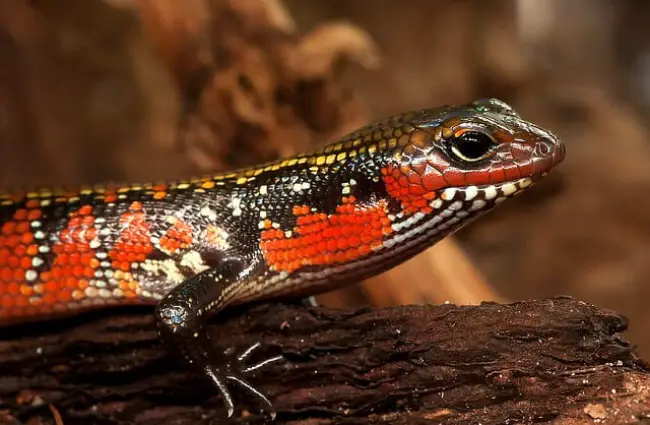
A History Etched in Scales: Lizard Evolution
The fossil record reveals that lizards first emerged during the Mesozoic Era, approximately 200 million years ago, alongside the dinosaurs. Early lizards were small, insectivorous creatures. As the continents shifted and environments changed, lizards diversified, evolving into the thousands of species we see today. Interestingly, many modern lizard families originated after the extinction of the dinosaurs, taking advantage of newly available ecological niches. Fossil evidence suggests that some early lizards may have even possessed features now found only in snakes, highlighting the close evolutionary relationship between the two groups.
Where Do Lizards Live? Habitats Around the Globe
Lizards exhibit remarkable adaptability, colonizing a vast range of habitats. From the scorching deserts of Australia and Africa to the lush rainforests of South America and the temperate forests of North America, they thrive in nearly every terrestrial ecosystem. Some species are arboreal, spending their lives in trees, while others are terrestrial, dwelling on the ground. Still others are fossorial, meaning they live underground. A few, like the marine iguana of the Galapagos Islands, have even adapted to a life in the ocean. Their distribution is largely dictated by climate, food availability, and the presence of suitable shelter.
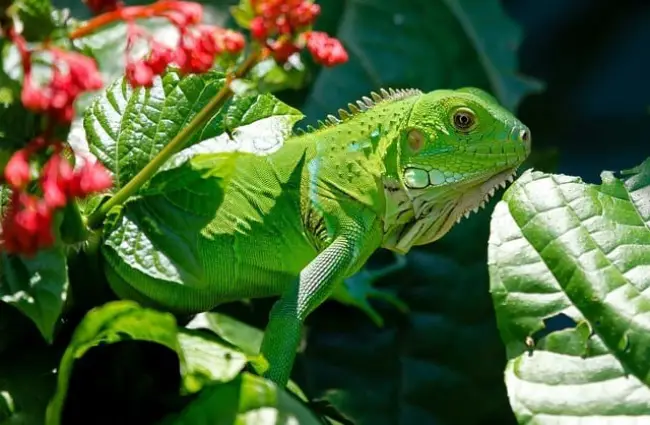
What’s on the Menu? Lizard Diet and Feeding Strategies
The diet of a lizard is incredibly varied and often reflects its size and habitat. Most lizards are carnivorous, feeding on insects, spiders, and other invertebrates. Larger species may prey on small mammals, birds, or even other lizards. Some herbivores specialize in eating plants, while others are omnivores, consuming both animal and plant matter. Feeding strategies are equally diverse. Some lizards are ambush predators, lying in wait for unsuspecting prey, while others actively hunt. Some species use their long, sticky tongues to capture insects, while others have powerful jaws for crushing hard-shelled prey.
Finding Food in the Wild
For those interested in observing lizards in their natural habitat, understanding their diet can help with spotting them. Check under rocks, logs, and leaf litter for signs of insect activity. Areas with abundant insects are likely to attract insectivorous lizards.
Lizard Reproduction and Life Cycle
Most lizards reproduce sexually, with fertilization occurring internally. Some species are oviparous, meaning they lay eggs, while others are viviparous, giving birth to live young. Egg-laying lizards typically bury their eggs in soil, providing them with warmth and protection. The incubation period varies depending on the species and environmental temperature. Viviparous lizards retain their eggs inside the body, providing nourishment and protection to the developing embryos. Hatchlings or newborns are often miniature versions of their parents and are immediately independent, relying on their own foraging skills for survival.
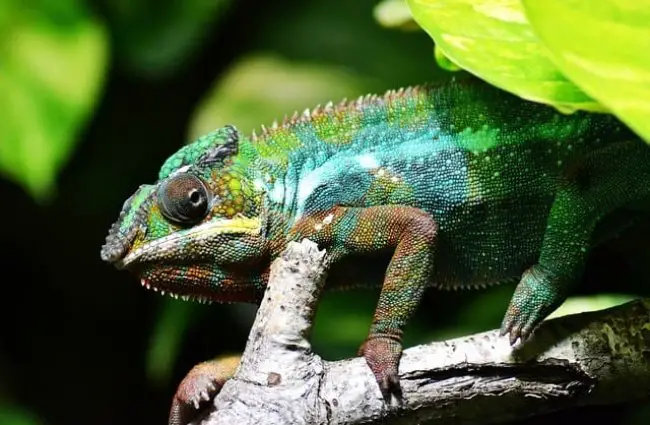
Lizards and the Ecosystem: Ecological Roles
Lizards play crucial roles in many ecosystems. As insectivores, they help control populations of insects, preventing outbreaks that could damage crops or spread diseases. They also serve as a food source for larger predators, such as birds, snakes, and mammals. Some lizards contribute to seed dispersal by consuming fruits and excreting the seeds in different locations. Their burrowing activities can aerate the soil and improve drainage. In general, the presence of healthy lizard populations indicates a healthy ecosystem.
Lizards and Humans: Interactions and Cultural Significance
Humans have interacted with lizards for centuries. In some cultures, lizards are considered sacred animals and are revered for their perceived powers. They often appear in folklore, mythology, and art. Lizards are also used as a source of food in some parts of the world. However, human activities, such as habitat destruction and pollution, pose significant threats to lizard populations worldwide.
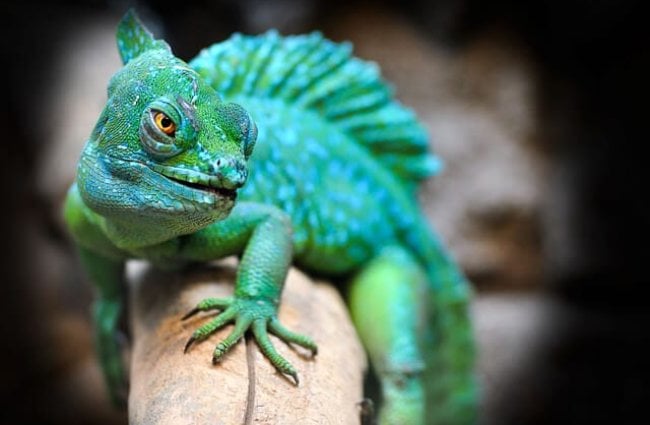
Encountering Lizards in the Wild: A Guide
If you encounter a lizard while hiking or exploring, it is best to observe it from a distance. Avoid approaching or handling it, as this can stress the animal. Do not attempt to feed it, as this can disrupt its natural foraging behavior. If you need to move a lizard from a dangerous situation, such as a road, gently guide it in the direction of safety.
Lizard Care in Captivity: Considerations for Zookeepers
Caring for lizards in captivity requires a thorough understanding of their specific needs. Key considerations include providing a spacious enclosure with appropriate temperature and humidity gradients, a varied diet consisting of live insects or other appropriate food items, and access to UVB and UVA lighting for vitamin D synthesis. Regular cleaning and disinfection of the enclosure are essential for preventing disease. It is also important to provide enrichment items to stimulate natural behaviors. Avoid overcrowding, as this can lead to stress and aggression. Careful monitoring of the lizard’s health is crucial for early detection of any problems.

Amazing Lizard Facts
Here are a few intriguing facts about these remarkable reptiles:
- Regeneration: Some lizards can regenerate their tails when threatened, distracting predators while they escape.
- Color Change: Chameleons and other lizards can change color to camouflage themselves, regulate body temperature, or communicate with other lizards.
- Venomous Lizards: Only two lizard species are known to be venomous: the Gila monster and the beaded lizard.
- Parthenogenesis: Some lizard species can reproduce asexually through parthenogenesis, meaning females can produce offspring without mating.
- Bioluminescence: A few lizard species exhibit bioluminescence, emitting light from specialized scales.

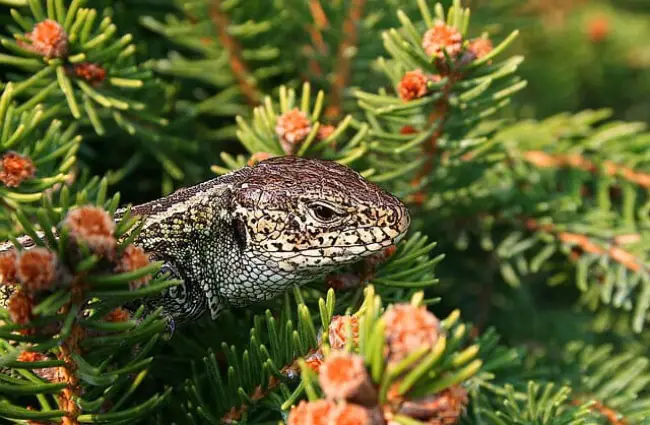

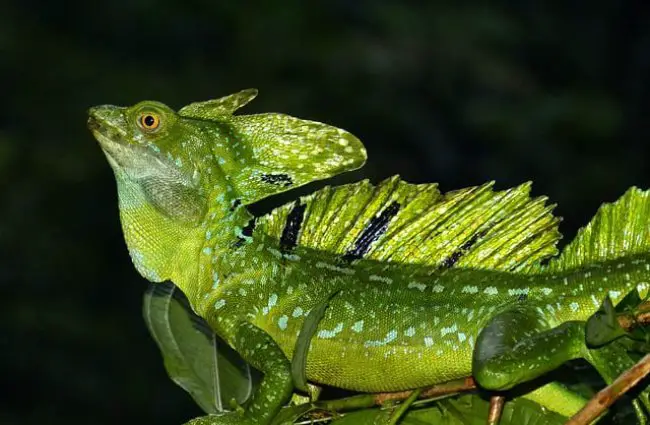
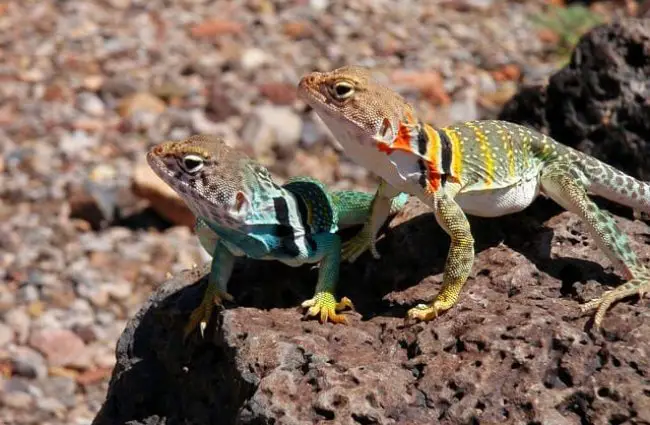
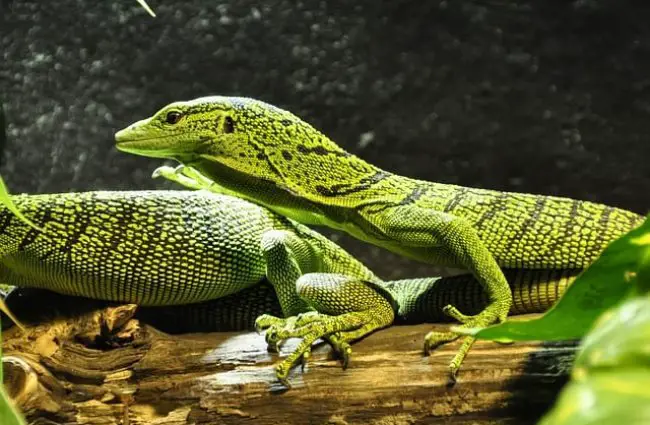


Lizards continue to fascinate and inspire. Their incredible diversity, adaptability, and ecological roles make them a vital part of the natural world. By understanding and appreciating these remarkable creatures, we can contribute to their conservation and ensure that they continue to thrive for generations to come.

![Red Angus Closeup of a beautiful Red Angus cowPhoto by: U.S. Department of Agriculture [pubic domain]https://creativecommons.org/licenses/by/2.0/](https://animals.net/wp-content/uploads/2020/03/Red-Angus-4-238x178.jpg)




![Red Angus Closeup of a beautiful Red Angus cowPhoto by: U.S. Department of Agriculture [pubic domain]https://creativecommons.org/licenses/by/2.0/](https://animals.net/wp-content/uploads/2020/03/Red-Angus-4-100x75.jpg)

